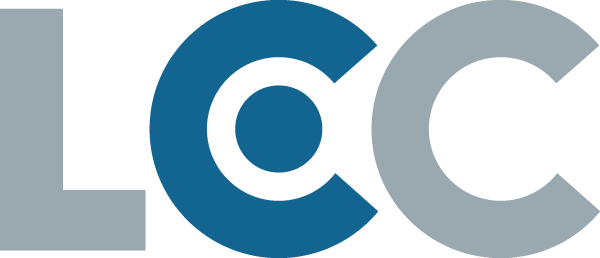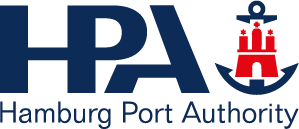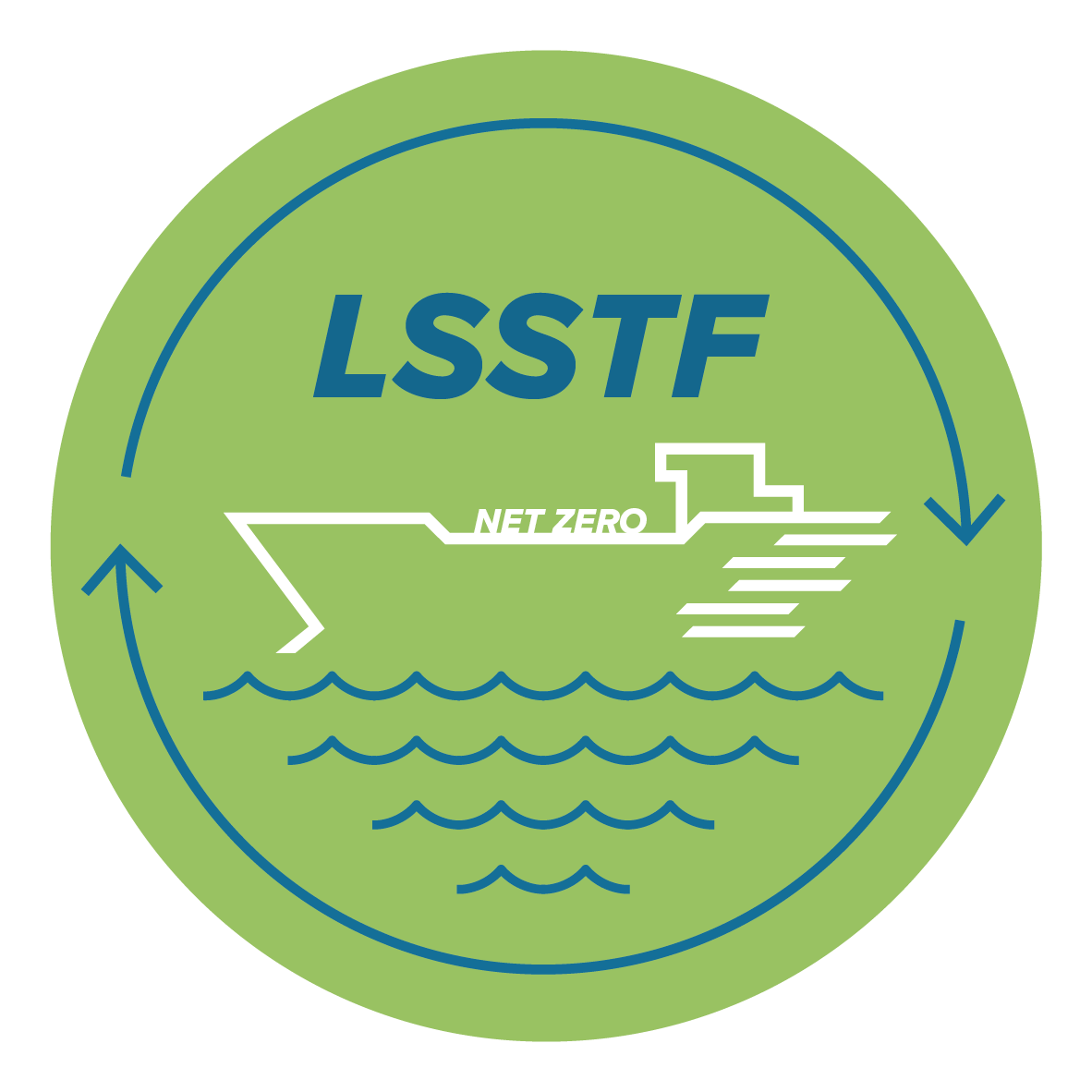Ship emission monitoring and compliance – drivers to foster emission reduction
Session 4 will discuss upcoming technologies and procedures for ship emission monitoring and compliance.
It is widely acknowledged that technical developments are only slowly implemented without the driving force of legislation and standards. In the context of “green shipping”, ship emissions are of importance, which essentially include the “classic” air pollutants such as SOx and NOx, but also particulate emissions and greenhouse gases. For some of these pollutants there are already concrete requirements in the form of SECAs (sulphur emission control areas). Further corresponding requirements for nitrogen oxides (NECAs) came into force for the North and Baltic Seas, this year. The reduction of greenhouse gas emissions such as CO2 or methane is getting high priority for the International Maritime Organisation (IMO).
A number of requirements refer to these emissions, which makes it a prerequisite that they are also measured and recorded in a standardized way. In this session, current regulations will be reviewed and gaps will be identified. International projects for the development of new and improved methods for compliance monitoring will be presented and experiences with current methodologies will be discussed.

“Shipping is on the way to reduce emissions of air pollutants and greenhouse gases with ambitious goals for the coming years. Regulations and monitoring of compliance are important drivers for these developments.”
Volker Matthias, Helmholtz-Zentrum hereon GmbH and LSSTF Session 4 Chair



